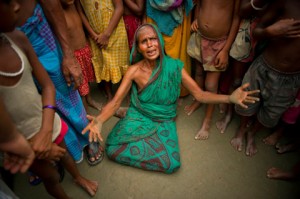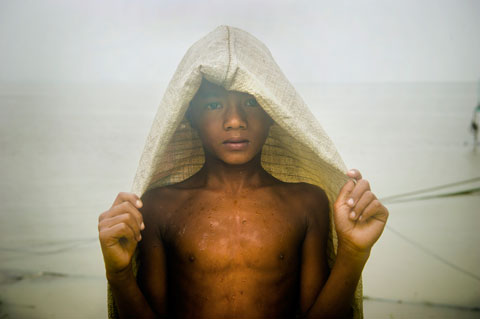Coming from a family of Bangladeshi immigrants who want better opportunities for their children and for them to know their roots, my parents made sure my sisters and I knew our culture, language, and traditions. My parents took my sisters and I to Bangladesh at a very young age so we can fully emerge ourselves into our culture.
This past summer I visited Bangladesh for the third time. It was truly a wonderful trip like all of the other times I have visited. However, during this trip I noticed the impacts of climate change; the Erratic Beast. Bangladesh is a beautiful country with so much green scenery but it will soon be gone due to rising sea levels. There was an interesting and thought-provoking film released about the impacts of climate change specifically in Bangladesh called Bangladesh: A Climate Trap. It is a climate trap because of rising sea levels, weather patterns changing, and biological systems being affected with the rise of CO2 levels.
In Spencer R. Weart’s book, “The Discovery of Global Warming”, he address the influences which cause impacts of the Erratic Beast. In 1980, it was found that CO2 played a vital role in climate change. Chlorofluorocarbons (CFCs) and nitrates are also influences.
With the melting of ice caps, many countries and islands will soon disappear…



Rehana,
As you know, Bangladesh is a poster child for one of the first countries whose very existence is threatened by climate change. I can only imagine the insight you have gained from traveling to Bangladesh this summer with climate change in the back of your mind. What a beautiful country and how hard it must be to see it changing. I hope you will share more about your experiences with us this semester.
It truly is a poster child for the impacts of climate change. Sadly, not many people living there realize that due to lack of environmental education. The people who understand it the most are those who’s lives have changed due to climate change. Many poverty-stricken families that have lost their homes due to sea levels rising are moving or have moved to the slums of cities. This now leads to multiple issues. It is even more difficult for them to make a living in populated cities. They have no land to cultivate or access to a body of water nearby to fish. Many are impoverished to begin with and now more are just being added to that category which is very sad to see. I will happily share my experiences this semester.
Rehana, I agree with Keziah, I would love to hear more about your experiences. Particularly, do you have any family stories about how things have already changed in Bangladesh? I know that one of my favorite parts about traveling to the front lines of climate change is talking to the locals when they say “you see that glacier over there, it used to be 1km closer to us.” (Or something to that effect). I think that anecdotal evidence of climate change can be a powerful way to communicate with our friends, family and colleagues.
My family who lives in the town has not really noticed changes since they have not been impacted by them directly. However, my family that lives in the village spoke to me briefly about how it rains a whole lot now and creates more floods than usual. Villages have communal natural pools so to say and when it rains, the pool collects the water and levels rise which adds to the flood. The fishes overflow out of the pool and are just swimming around everywhere or die due to loss of their natural habitat. Most of the village is dirt so it becomes very muddy and slippery. Vegetation gets destroyed by the floods as well. They also said that the water in the pool is not the same as it always was. The fishes are even having a hard time surviving. I personally do not know how it has changed, but I was very tempted to test the pH of it!